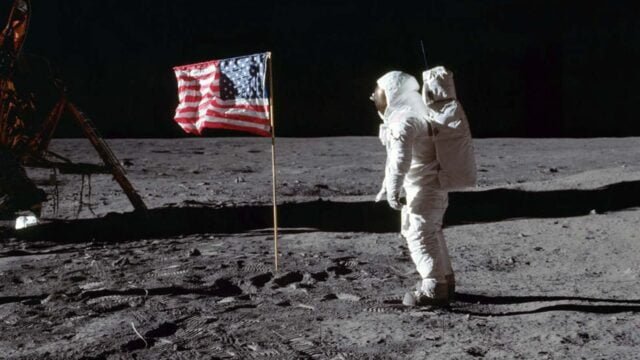
In an exciting development for space exploration, NASA is narrowing down the choices for lunar rovers that will provide astronauts with mobility on the Moon’s surface. This initiative is part of NASA’s broader Artemis program, aimed at returning humans to the Moon and establishing a sustainable presence there as a stepping stone for future Mars missions. Here, we delve into the details of the lunar terrain vehicle (LTV) options under consideration, exploring the technologies and partnerships that could redefine lunar exploration.
NASA’s approach to lunar exploration has evolved significantly since the Apollo missions, with the agency now opting for a commercial partnership model. This shift means that instead of owning lunar rovers outright, NASA plans to contract rover services from industry partners, fostering innovation and efficiency. As the final request for proposals for the LTV service looms, several contenders have emerged, each offering a glimpse into the future of lunar mobility.
Among the notable entrants is Dynetics, a Leidos company, which presented a prototype rover at the 2023 Space Symposium. This rover, designed in partnership with the U.S. motor racing organization NASCAR, marries traditional Apollo-era aesthetics with modern technology, including solar and battery power. Its design prioritizes dust management and thermal regulation, crucial for the harsh lunar environment.
Leidos’ vehicle boasts a top speed of 15 kilometers per hour and a range exceeding 20 kilometers, setting a new standard for lunar vehicles. It’s equipped with advanced features like large, flexible wheels for navigating the lunar terrain and lights integrated into the wheel arches for enhanced visibility. This rover is designed with crew efficiency in mind, providing a comfortable and effective platform for astronauts conducting lunar exploration and science missions.
Venturi Astrolab’s Flexible Logistics and Exploration (FLEX) rover represents another innovative option. Unlike traditional rovers with fixed equipment, the FLEX rover employs a modular payload system, allowing for the adaptation of cargo or instruments over time. This adaptability could make the FLEX rover a versatile tool for a wide range of missions and customers, potentially revolutionizing how we approach lunar exploration.
NASA’s Artemis program aims not just to return humans to the Moon but to establish a long-term presence that will serve as a foundation for future interplanetary exploration. The program seeks to leverage the Moon’s resources, foster a growing lunar economy, and inspire a new generation of explorers. By working with commercial and international partners, NASA aims to broaden the scope of lunar exploration and utilize the Moon as a testing ground for technologies needed for the journey to Mars.
The forthcoming lunar rovers, therefore, represent more than just transportation. They are pivotal to NASA’s vision of a sustainable lunar outpost, enabling scientists and explorers to traverse the Moon’s surface, conduct groundbreaking research, and prepare for the next giant leap in human space exploration. As NASA moves forward with its Artemis missions, the selection of a lunar terrain vehicle will be a critical step towards realizing this ambitious vision.








